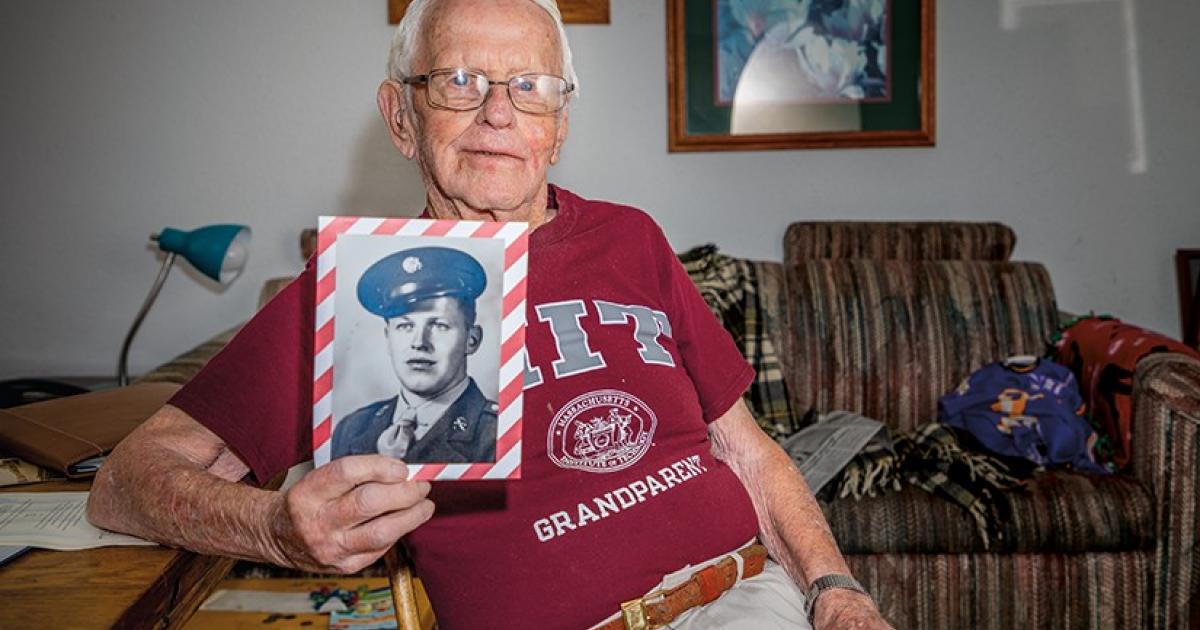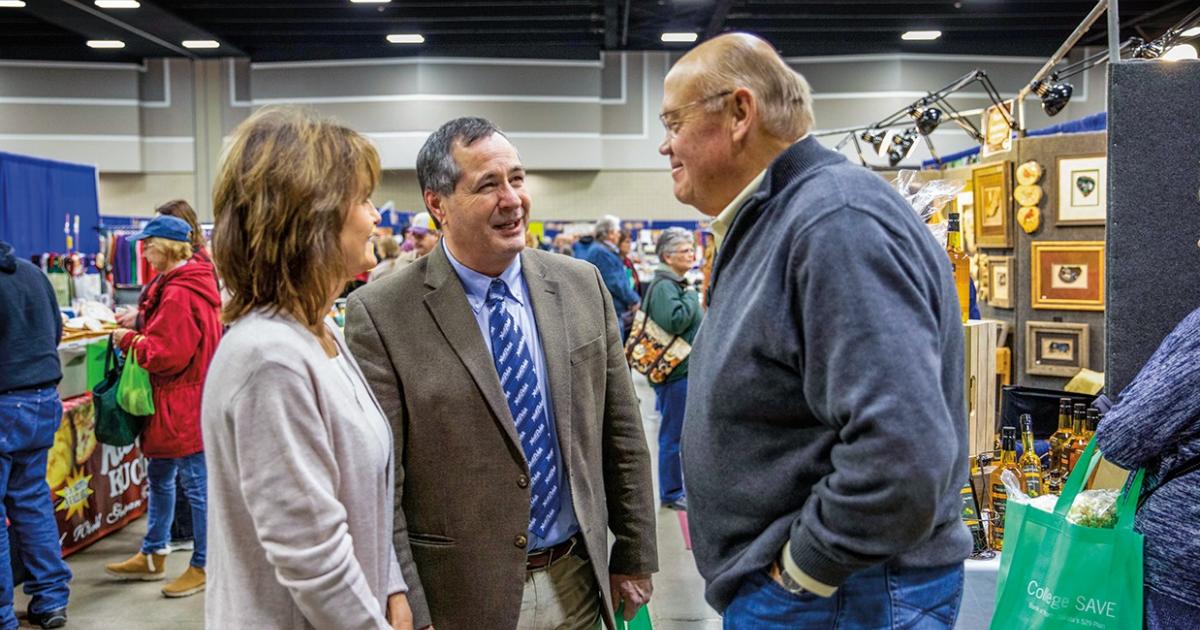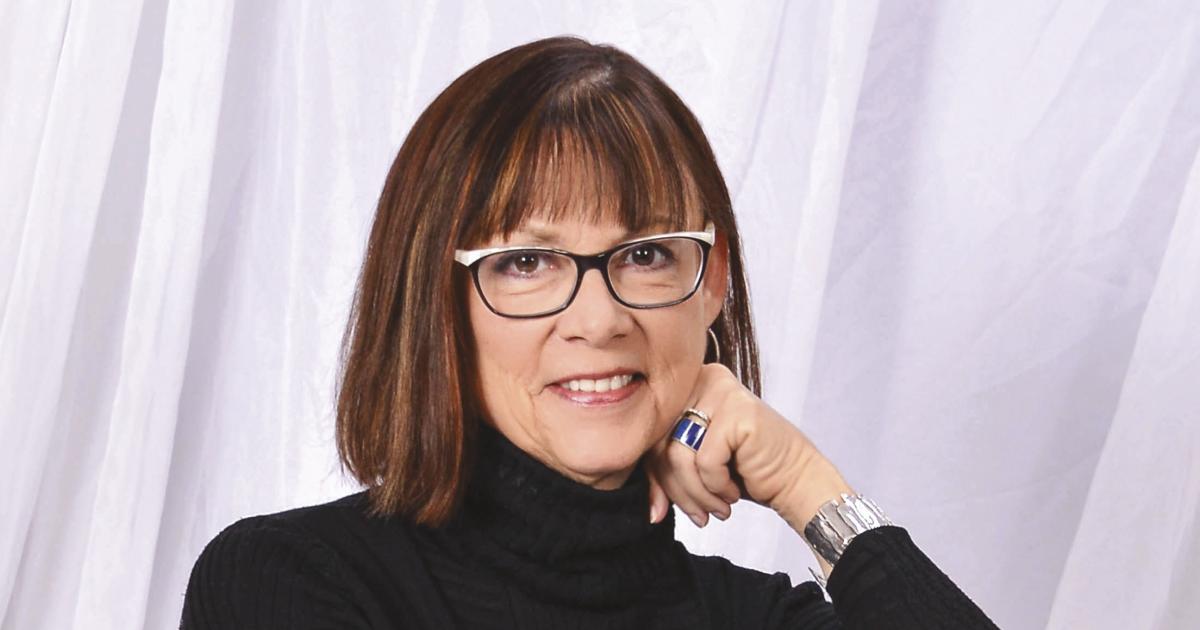FARM SAFETY
Rural electrification revolutionized farming. With it, of course, came poles, wires and an expanse of electrical infrastructure, naturally adding another component to farm safety. The National Safety Council lists agriculture as one of the two most hazardous occupations. Because of this, the Arths, like many farmers, prioritize safety.
“We are very safety conscious on our farm,” Mike says.
For North Dakota’s electric cooperatives, electrical safety on the farm is an important message to continually share.
Cally Peterson
“I’ve always tried to make things fun as best I can,” Deb says.
Fun meant the lunch line was always decked out for the holidays or changing seasons. Rabbit droppings disguised as Cocoa Puffs cereal littered the way to Deb’s office door around Easter. October brought a spooky thrill, with Halloween lights and themed menus that included “ogre fingers” and “eye of newt.” Her lunchroom Halloween spectacle even drew a TV news crew from Fargo one year.
And I mean talent. Both have earned individual national championships and are two-time state champion wrestlers. Their prowess on the mat – and in the classroom – has earned them full-ride, no-risk scholarships to the University of Michigan (Michigan), which runs a top NCAA Division 1 wrestling program in the Big Ten Conference.
“Oh, thank you so much. We so appreciate that,” Wilfried says.
You can hear the genuine gratitude in their voices. As we pass trophy cases lining the hall to the wrestling room, humility carries their gait.
MOUNTRAIL-WILLIAMS ELECTRIC COOPERATIVE
NDAREC President
▶ FAMILY | Wife, Helen. Four children and eight grandchildren.
▶ BOARD SERVICE | Mountrail-Williams Electric Cooperative board since 1981, currently vice president. NDAREC board since 1998, currently president.
▶ WHY I SERVE | I believe in the mission to improve the quality of life for every member through the delivery of electricity. It is so enjoyable to be involved with all the important issues we are involved with in our local communities and state.
“Clean-up is the hardest part about cooking!” says 10-year-old Adelyn “Addy” Boling.
(Agreed, Addy. Agreed!)
And based on the sheer volume of meals, recipes and cakes Addy has made, she’s done her fair share of dishes.
A fifth-grader in Miss McDonald’s class at Des Lacs-Burlington Elementary School, Addy plays volleyball, flute and ukulele, enjoys art and has become quite the chef.
“She’s been cooking since she was 4,” Addy’s mom and mother of four, Aftin Boling, says. “She’s always been my creative one.”
“We are preparing for as many contingencies as possible,” Bjornson says.
Those legislative preparations and COVID-19 precautions have largely been pursued by Bjornson and Legislative Council staff at the direction of the Legislative Procedure and Arrangements Committee, chaired by Senate Majority Leader Rich Wardner. Interim committee work has spread the gamut, from pursuing technological improvements throughout the Legislature’s facilities to debating mask mandates.
At 100 years old, Hunter still lives in the home he built decades ago, kitty-corner from the old Maddock Aggies school, now the high school. An American flag flies in his yard, near the parked car he still drives. Inside his home, the TV news hums in the background of his Solitaire game, which he does to “stay sharp.” A hallway bookshelf holds the Bible, Lutheran hymnals, Maddock history compilations and Webster’s New Students Dictionary. Adorning every possible space are pictures of his successful and well-educated family.
Set amongst Hunter’s photographs is a small black-and-white image of a handsome young man. His light eyes shine under a U.S. Army service cap. They are the same blue eyes looking at me now from behind a pair of glasses.
Hunter is one of 16 million Americans, and 60,000 North Dakotans, who served in the military during World War II.
“It shocked everybody as to what was going on, but I saw something in our companies this spring,” says N.D. Agriculture Commissioner Doug Goehring. “It was so enjoyable to watch how quickly they adapted. They looked at creating a new product or learning a new skill, based on what need existed in the market. (The pandemic) gave quite a few of them time to assess, or reassess, their business plan. Some actually took the time to maybe reinvent themselves a little bit. Others became more familiar with online sales.



















